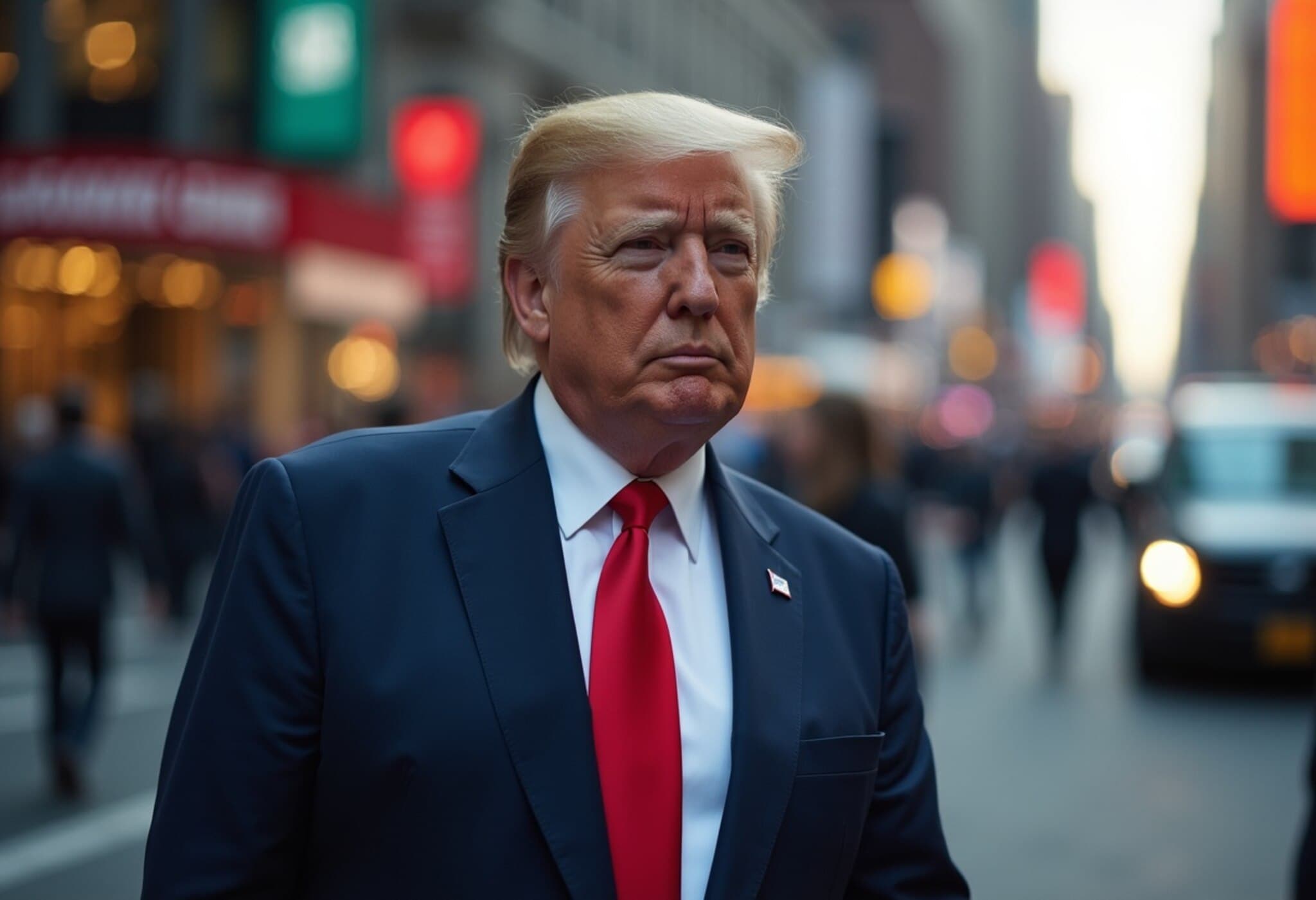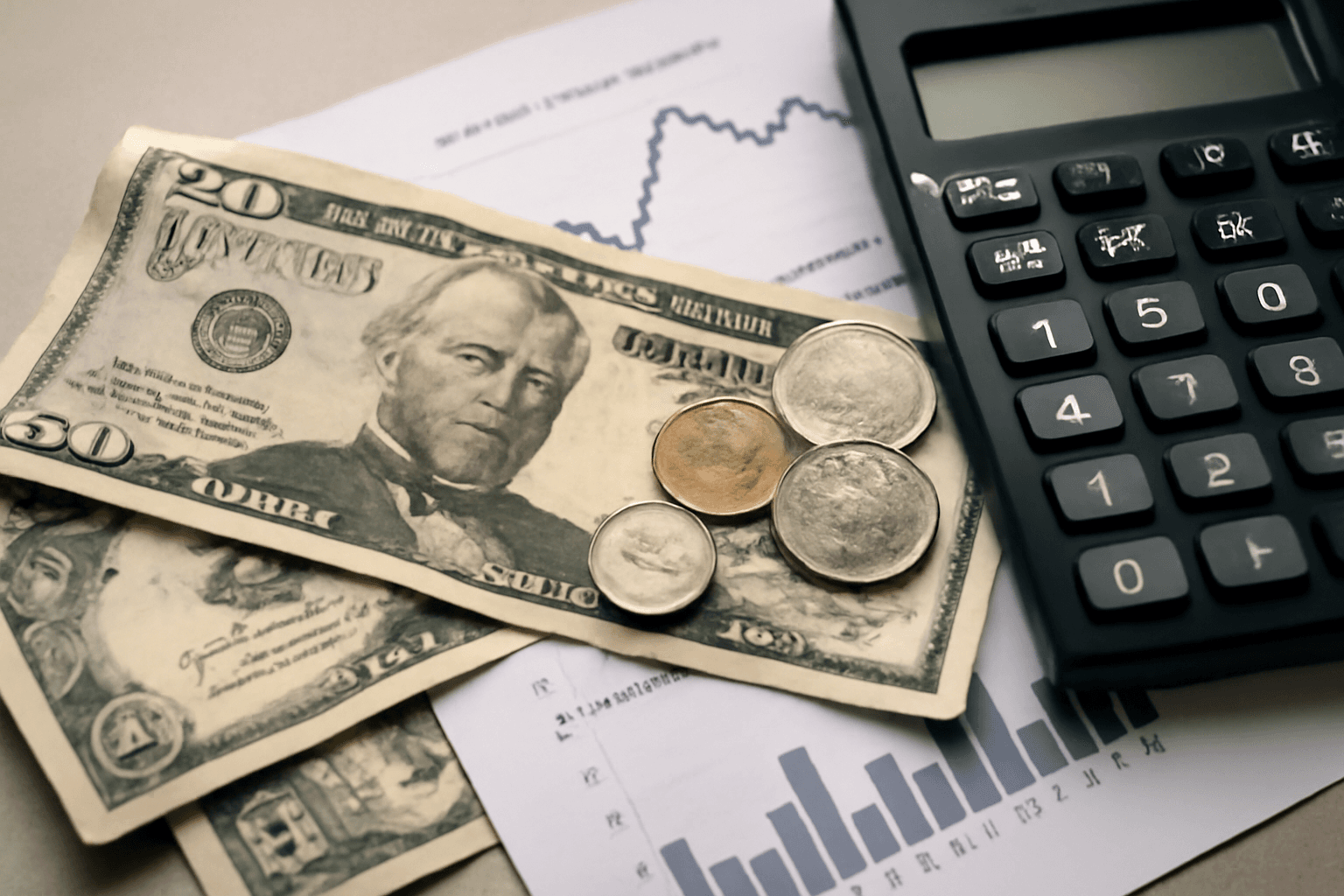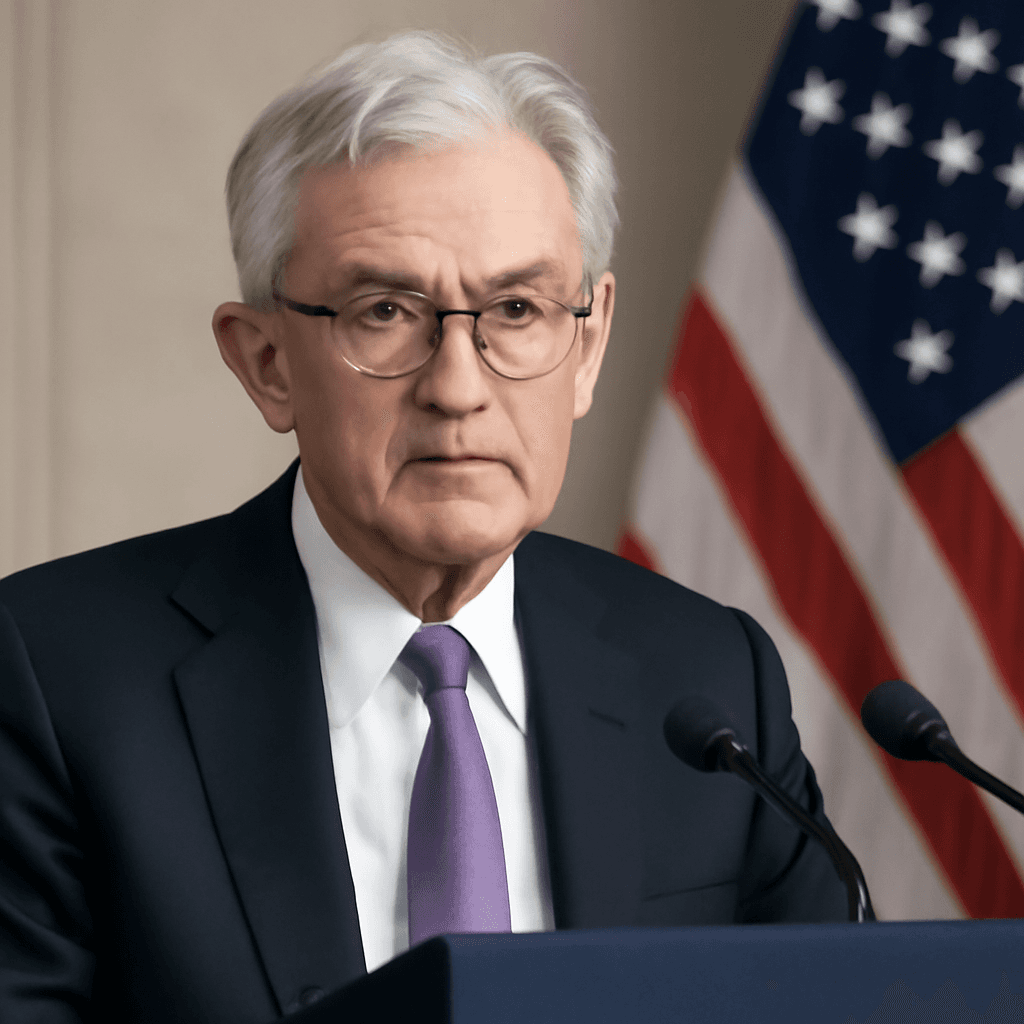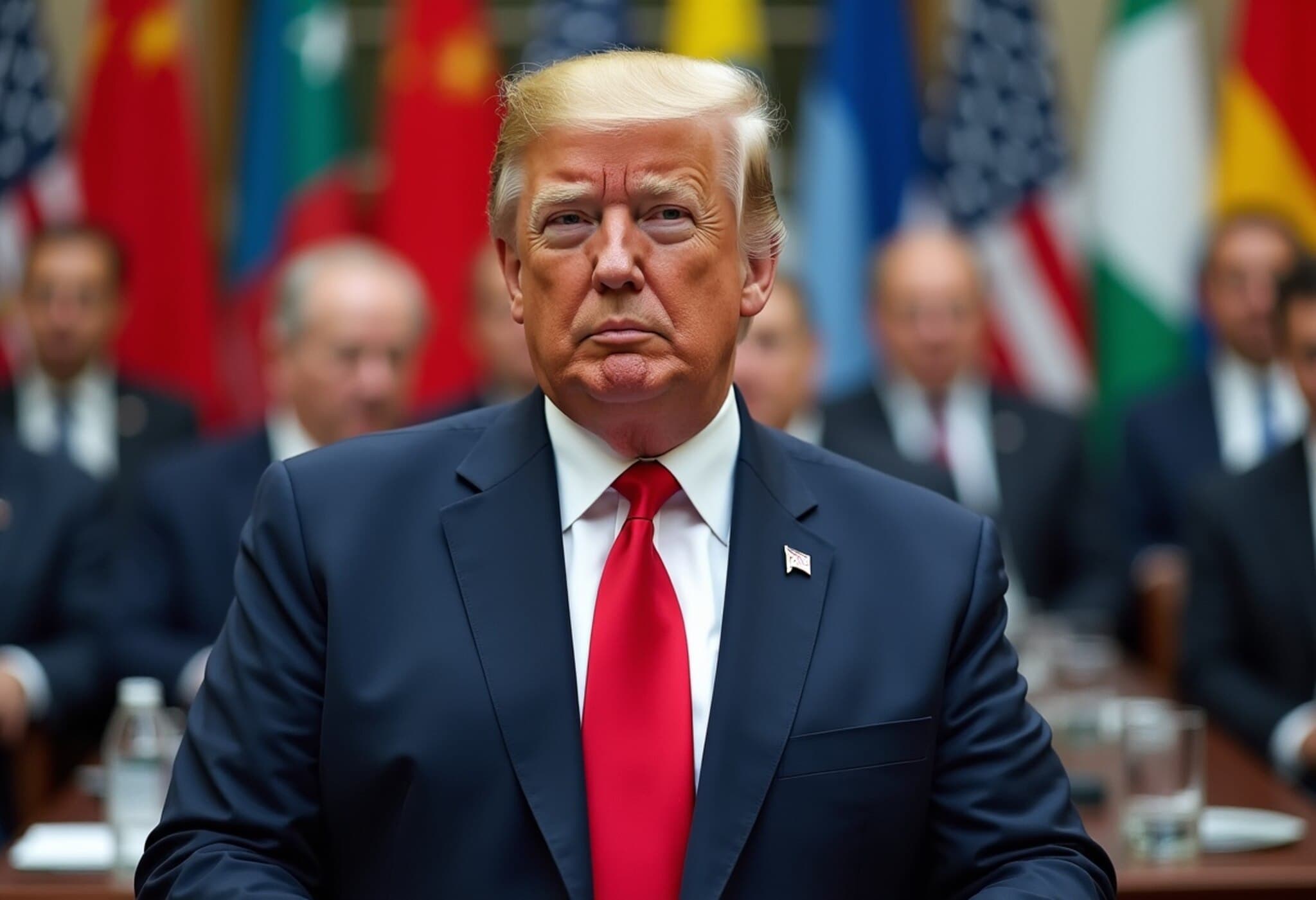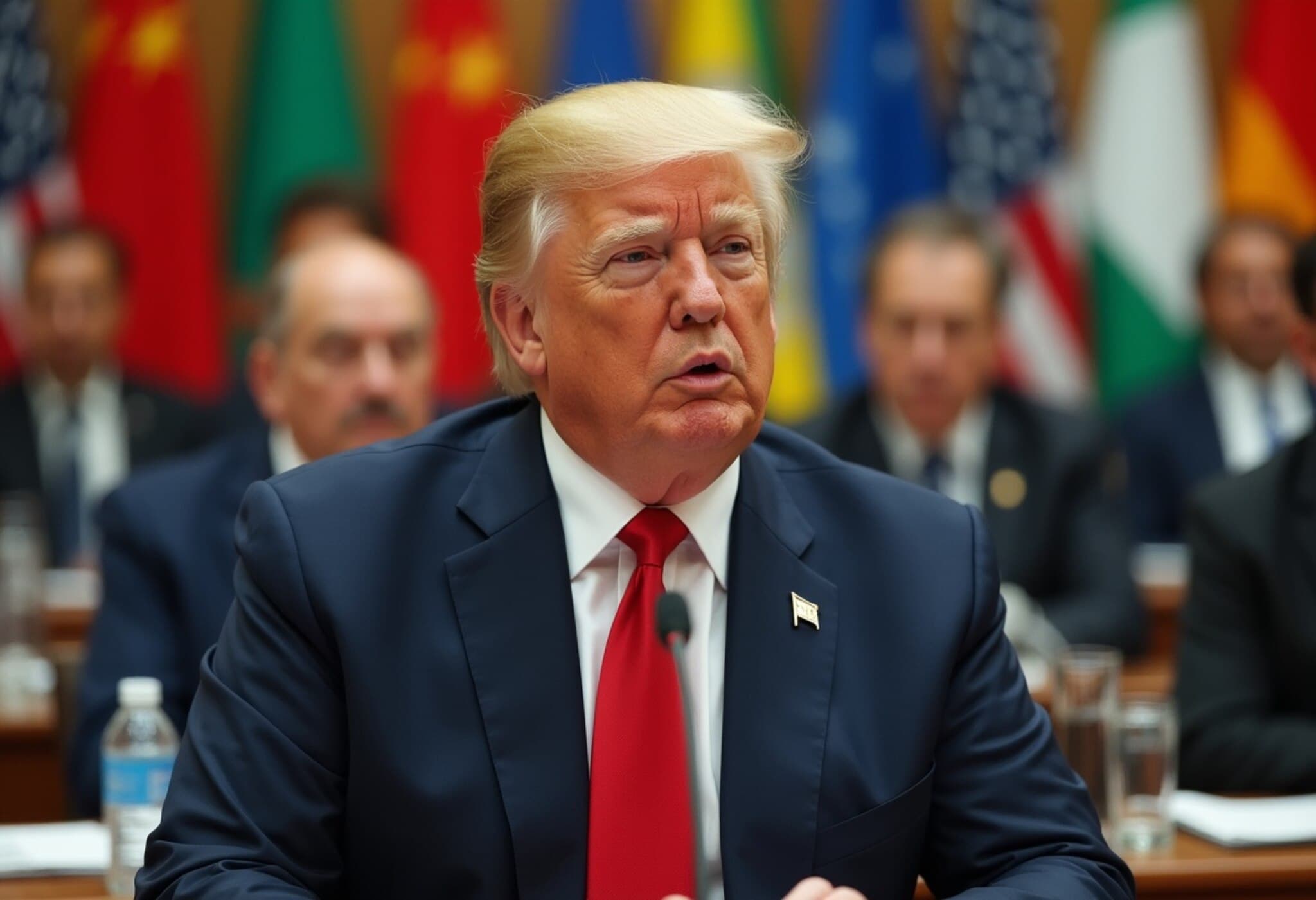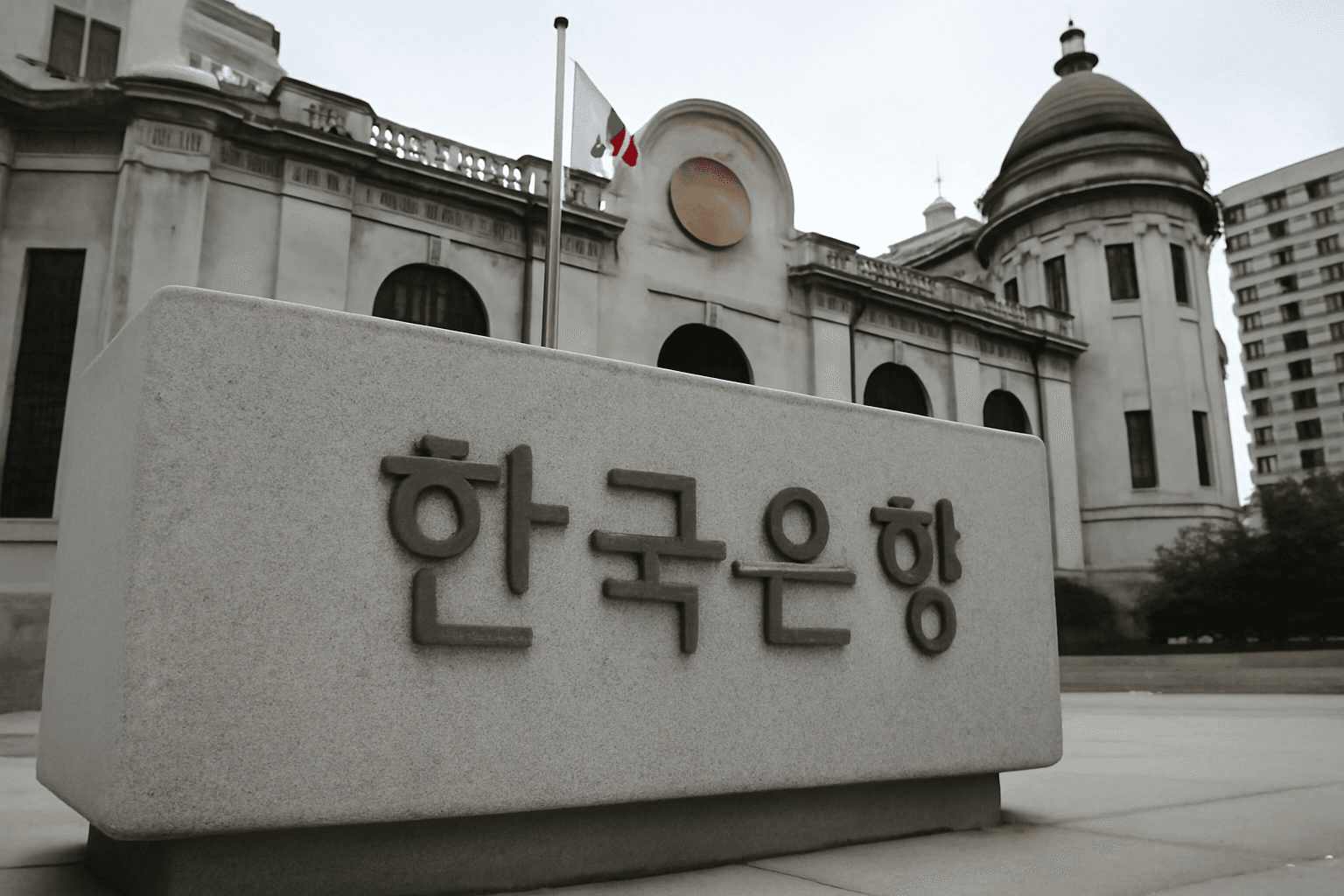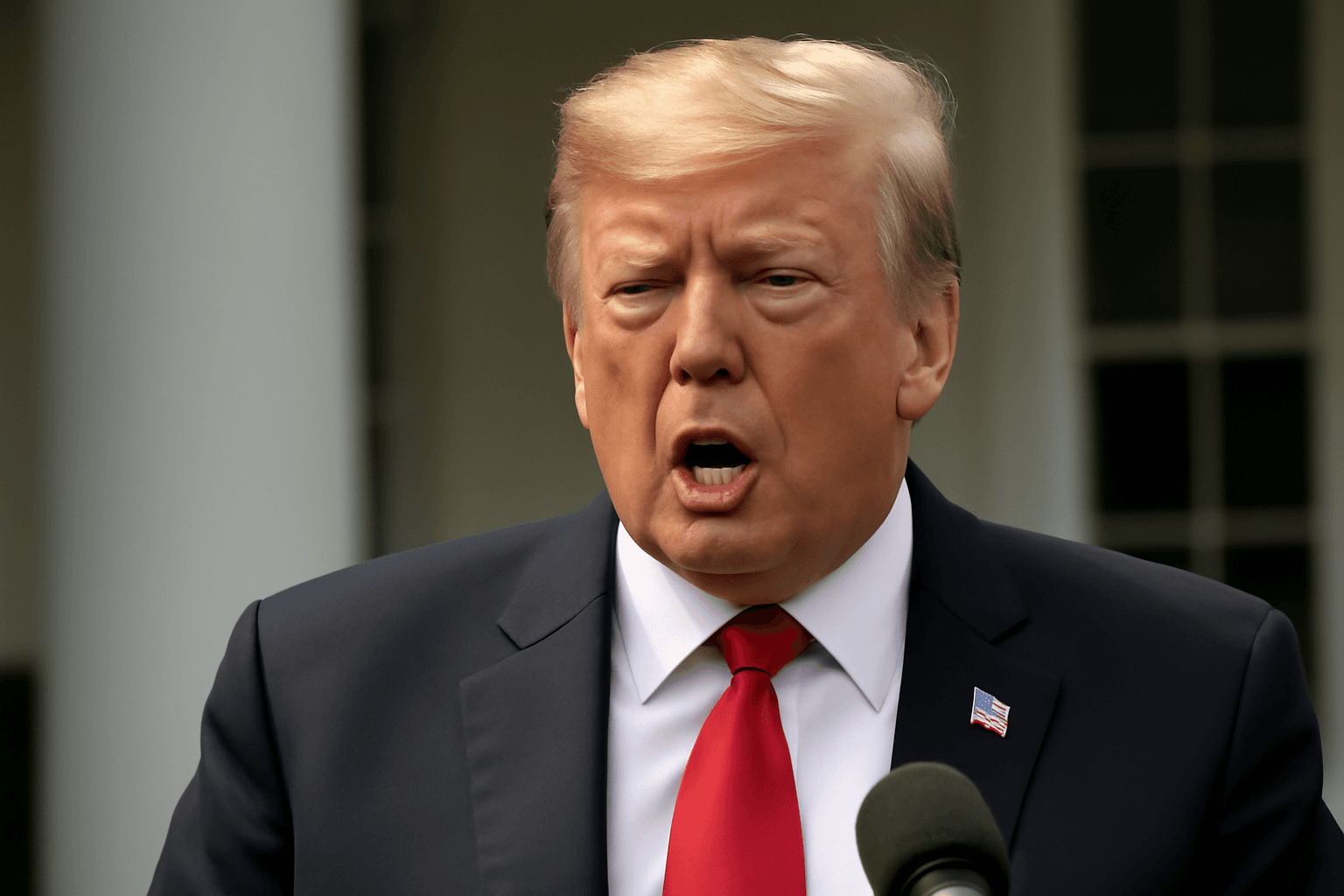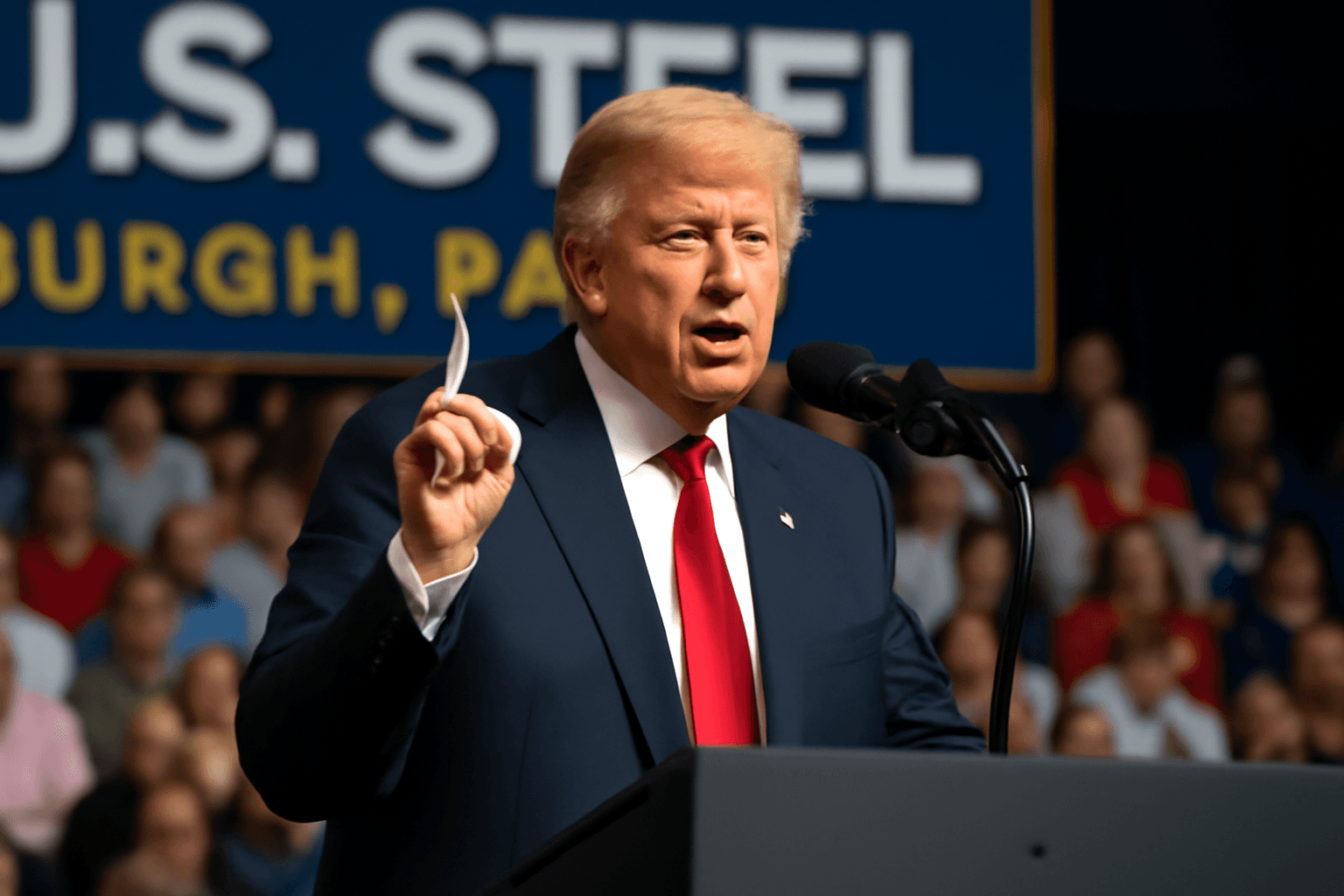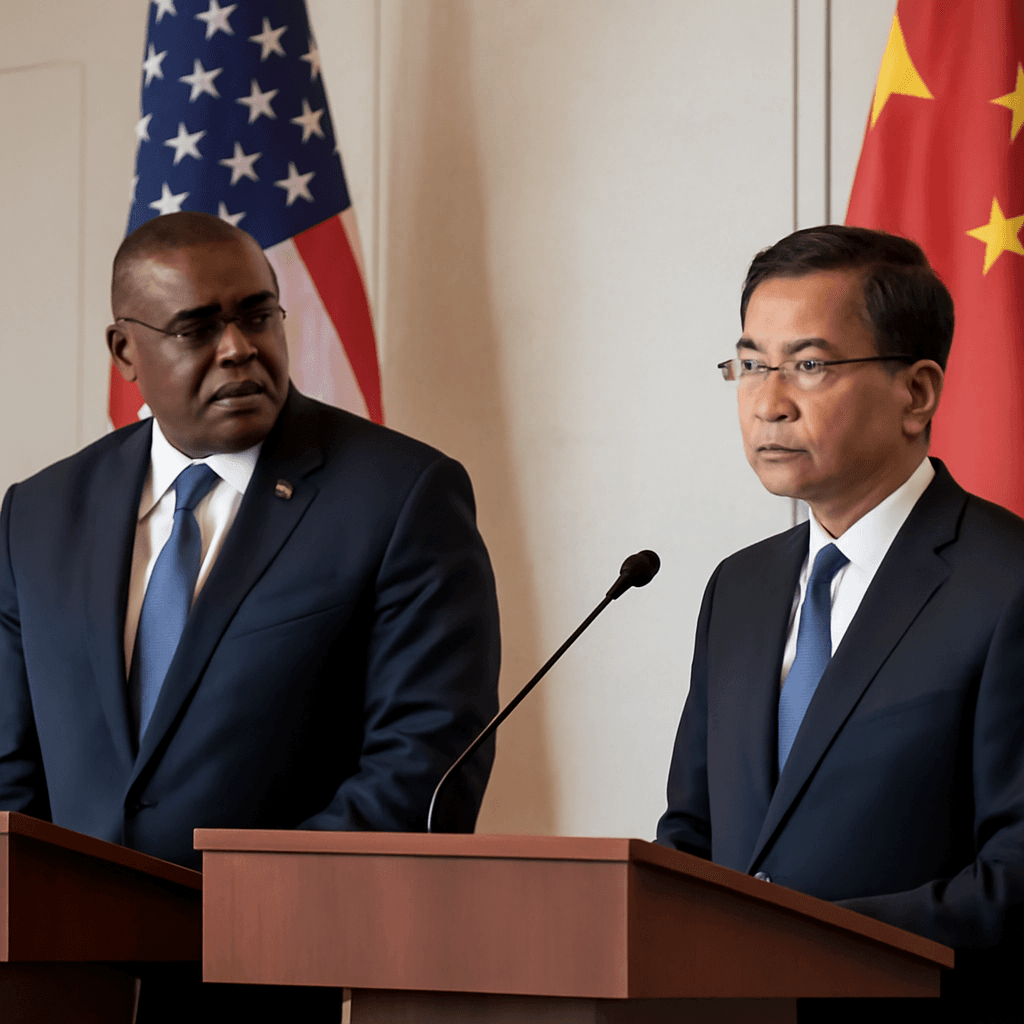US Economy Accelerates at 3% Growth Rate in Q2
In a surprising twist amid ongoing trade tensions and tariff disputes, the United States economy posted a robust growth rate of 3% for the second quarter of 2025. This figure, released by the Commerce Department, significantly beat economists' expectations of 2.3% and marked a sharp reversal from the previous quarter’s 0.5% contraction. The data underscores a resilient economic landscape navigating the uncertainties imposed by international trade policies.
Consumer Spending Leads Recovery
The economic uplift was primarily driven by a rebound in consumer spending, which rose 1.4% in Q2, nearly tripling the increase seen in Q1. This uptick reflects Americans' persistent willingness to spend despite the cloud of tariff-related price pressures and global trade apprehensions. Heather Long, Chief Economist at Navy Federal Credit Union, aptly described the mood, saying, "The word of the summer for the economy is 'resilient.' Consumers remain cautiously optimistic, hanging on as trade negotiations continue to unfold."
Trade Dynamics: Imports Plunge While Exports Dip Slightly
Trade contributed notably to GDP growth, albeit on mixed terms. Exports declined by 1.8%, reflecting challenges in foreign markets and retaliatory tariffs. Meanwhile, imports sharply fell 30.3%, reversing a dramatic spike of nearly 38% in the previous quarter. This reversal suggests companies were front-loading imports ahead of tariff announcements in Q1, particularly President Trump’s April 2 "liberation day" tariff hike.
- Imports in Q1: surged nearly 38% as firms stocked up prior to tariffs
- Imports in Q2: sharply dropped 30.3%, easing trade imbalance pressure
- Exports in Q2: fell 1.8%, signaling persistent external demand challenges
Inflation Shows Encouraging Signs of Moderation
Inflation, a key concern for policymakers and consumers alike, showed signs of cooling during the quarter. The Personal Consumption Expenditures (PCE) price index, the Federal Reserve’s preferred inflation gauge, rose by 2.1% year-over-year—just above the Fed’s target of 2%. Core PCE inflation, which excludes volatile food and energy prices, rose 2.5%, down from 3.5% in the prior quarter. These declines provide breathing room for the Federal Reserve as it balances growth support with inflation control.
Federal Reserve’s Rate Decision and Presidential Response
The Federal Reserve met shortly after the GDP release and maintained its benchmark interest rates in the 4.25%-4.5% range, holding steady since December amid mixed signals in inflation and growth data. President Trump, however, responded swiftly via Truth Social, calling for immediate rate cuts. He emphasized the positive growth figures yet admonished the Fed’s cautious stance, arguing, "No Inflation! Let people buy, and refinance, their homes!" The president’s focus on interest rates highlights the ongoing debate over how best to sustain momentum without overheating the economy.
Signs of Underlying Headwinds: Housing Market and Final Sales
Despite the upbeat headline numbers, some cautionary signals emerged. Residential investment fell by 4.6% in the quarter, reflecting a cooling housing market challenged by elevated mortgage rates. Additionally, final sales to private domestic purchasers, an important measure of domestic demand, increased by just 1.2%, the slowest pace since late 2022 and down from 1.9% in Q1.
Looking Ahead: Navigating Policy Challenges and Economic Resilience
The US economy's performance in Q2 offers both reassurance and reminders. While consumer resilience and trade patterns have buffered growth against uncertainties, risks linked to protectionist trade policies and monetary tightening remain. The interplay between tariffs, inflation moderation, and Federal Reserve actions will be critical to watch over the coming months, especially as global economic conditions remain volatile.
Expert Analysis: What Does This Mean for Americans?
- Consumers: Spending is steady, but cautious. High borrowing costs and uncertainty could temper future growth.
- Businesses: The mixed trade picture may prompt strategic supply chain adjustments to mitigate tariff impacts.
- Policy Makers: The balancing act continues between fostering growth and preventing inflation resurgence.
Unanswered Questions and Underreported Narratives
While the GDP growth number bodes well, questions remain about the durability of this pace absent a resolution in trade disputes. Moreover, the heavy reliance on consumer spending raises concerns about inequality and debt sustainability among American households. The data also begs scrutiny on regional economic disparities and sectors disproportionately affected by tariffs, such as manufacturing and agriculture — issues that often go undercovered in general GDP analyses.
Editor’s Note
This quarter’s economic snapshot reveals a United States economy showcasing robustness amid trade-related headwinds and monetary policy challenges. The narrative is neither unequivocally optimistic nor pessimistic; rather, it reflects a complex economic dance where resilience coexists with uncertainty. As the Federal Reserve contemplates future rate moves and trade negotiations continue, close attention to underlying demand indicators and inflationary pressures will be essential for policymakers and consumers alike.

